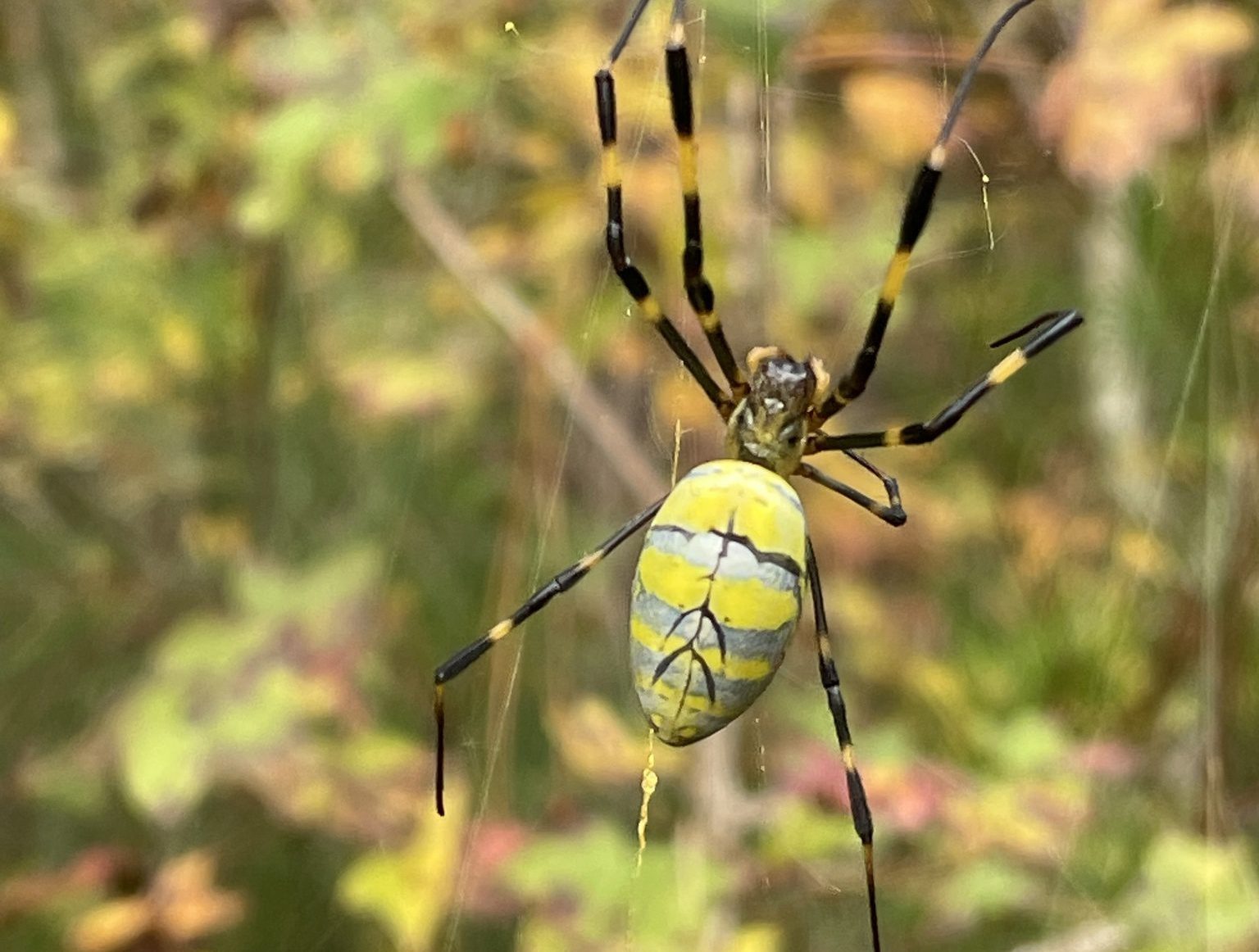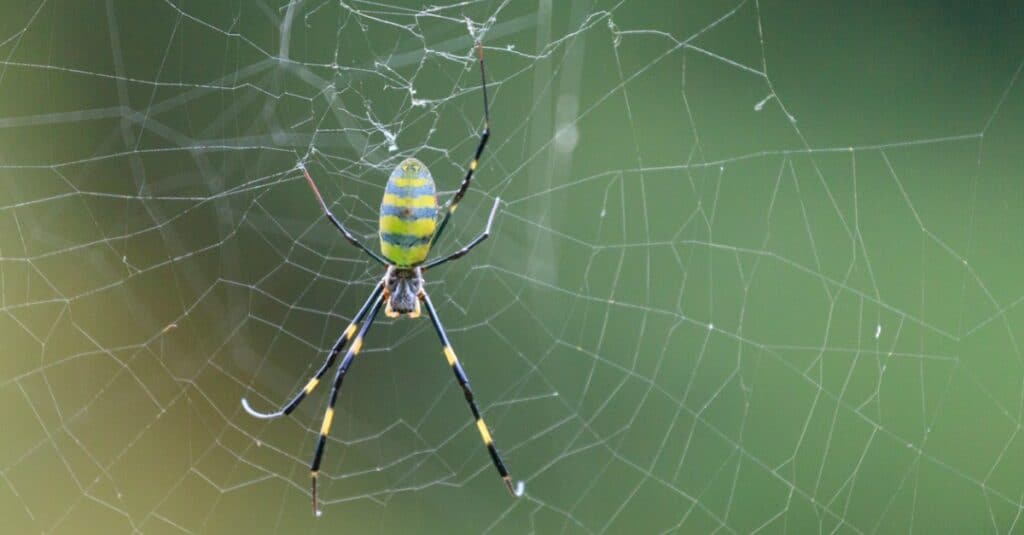

"Anecdotally, right before we published this study, we got a report from a grad student at UGA who had accidentally transported one of these to Oklahoma. Joro spiders are found only throughout Georgia and in parts of South Carolina, Freeman says. "The potential for these spiders to be spread through people’s movements is very high," said Benjamin Frick, co-author of the study and an undergraduate researcher with the University of Georgia. As its arrival in the United States proves, the Joro could easily travel to a new location by riding on a car or hiding in luggage. When it's not flying, the Joro is an expert stowaway. In fact, when Joro hatchlings emerge in the spring, they ride the wind across enormous distances - sometimes up to 100 miles - using web "parachutes," allowing it to colonize new terrain. While the Joro doesn't have wings, it flies using its web.

By last year, millions of the arachnids were spotted across more than 25 counties, Live Science previously reported. Since then, its numbers and range have expanded steadily across Georgia. "There's nothing really to stop them from expanding their range.The Joro made its way to the United States inside a shipping container. "They certainly could be expected at least to be able to survive and perhaps thrive anywhere in the eastern half of the U.S.," Hudson said. He noted that the species thrives in northern Japan, which has similar conditions to eastern United States. The Joro spider so named after the Jorgumo is a strikingly patterned spider that has equally seduced American arachnologists since its first arrival on the continent nearly a decade ago. While the study noted people shouldn't definitively say the spider will end up in the East Coast, Hudson said "it's certain" they will eventually.

During their research, scientists discovered the Joro spider did far better in freezing conditions than its relative, paving the way for a possible migration. The golden silk spider also is all over the Southeast, but hasn't gone North because it's susceptible to the cold. The Joro spider, (aka trichonephila clavata) has roots in East Asia and is considered a tropical orb weaver, which means they are found in tropical areas. The scientists came to the conclusion by comparing it to another invasive species in the southeast and close relative, the golden silk spider. In a recently published study in the journal Physiological Entomology, scientists from the University of Georgia said the Joro spider could eventually make its way north up the East Coast. "They're really pretty, but they are also very large, and that's what gets people's attention."Ĭould Joro spiders make it to the East Coast? They're beautiful spiders," Hudson told USA TODAY. William Hudson, entomologist at the University of Georgia, said people shouldn't be frightened of the spider at all, and in the event they ever cross your path, admire them. Still, the Joro spider seems like the last thing people want to see, and people on social media have made it known. Plus, they don't bite unless they are cornered. The spider is venomous, but doesn't pose a threat to humans because their fangs are so small they don't penetrate human skin. The spider, originating from Asia, was first spotted in Georgia in 2013 and the population has flourished since then, appearing throughout the state and in other parts of the Southeast. With a palm-sized frame and yellow stripes on its back, the Joro spider has become a name that sees your dreams and feasts on your screams after a study concluded the species could soon migrate up the East Coast.


 0 kommentar(er)
0 kommentar(er)
